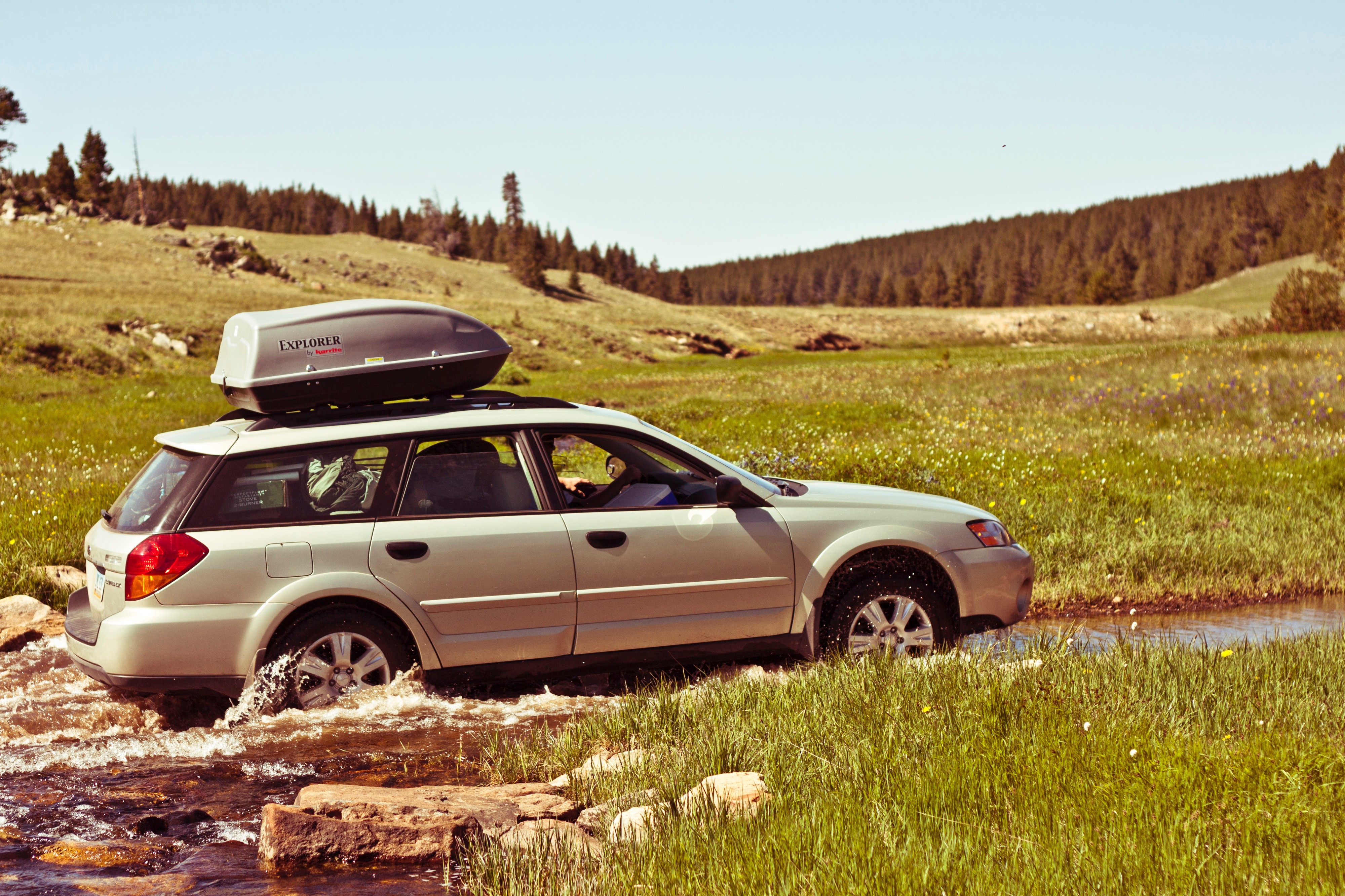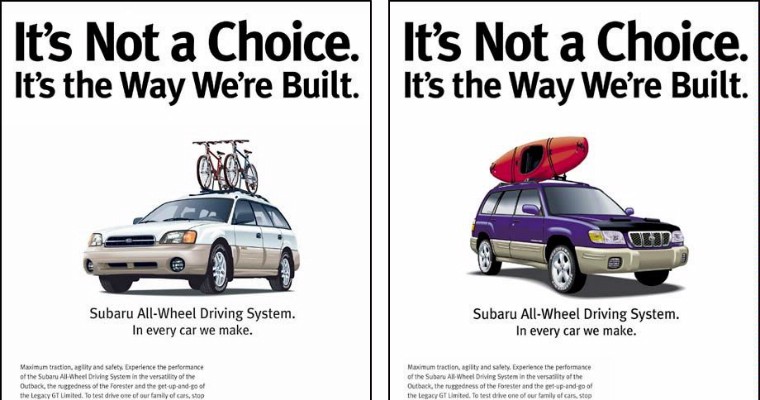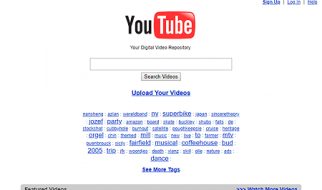 Photo by Steven Striegel on Unsplash
Photo by Steven Striegel on Unsplash
People often joke about the stereotype that lesbians love Subarus. I, as a Subaru-owning lesbian, am quite familiar and comfortable with this association. What many don?t know, however, is that this association is not a practical coincidence ? it?s an association that Subaru marketed hard to cultivate.
Subaru needed a change
During the early 1990s, the executives at Subaru saw a steady decline that needed to be combatted. They hired a young, hip ad agency that failed in its first attempt to fight the larger car corporations for the classic car-buying demographic of white, male 18- to 35-year-olds.
For take two, they changed their strategy by trying to market to the niche groups that were thoroughly-researched and found to be willing to pay a slightly higher price for a car with all-wheel drive that was described as ?sturdy, if drab.? They also wanted groups that could be targeted with strategic campaigns geared toward their unique demographics. Here are the groups they found:
- Teachers and educators
- Healthcare professionals
- IT professionals
- Outdoorsy-types
- Lesbians
?When we did the research, we found pockets of the country like Northampton, Massachusetts, and Portland, Oregon, where the head of the household would be a single person ? and often a woman,? says Tim Bennett, who was Subaru?s director of advertising at the time. After marketers actually spoke with these customers, they discovered many of them were lesbians.
When marketers pitched their campaign ideas for each group, the plan for targeting lesbians was to convey that Subarus were the perfect fit: not too flashy and ideal for their active, albeit low-key lifestyle.
Historical context
Let?s backtrack a moment and evaluate where we were as a country in terms of LGBTQ+ culture and acceptance. The 1990s were a time in which companies and media outlets would hardly acknowledge their queer consumers, let alone purposely align themselves with them.
Any major media representation, like Will & Grace and even FRIENDS, was still a few years away. Ellen Degeneres came out in 1997, an event that was met with much backlash and companies actively pulling their ads from running during her sitcom. The Clinton Administration had just instituted ?Don?t Ask, Don?t Tell,? and Congress passed the Defense of Marriage Act mid-decade.
This was not a time in which companies, particularly large-scale automotive corporations, were associating themselves with any marginalized groups, let alone cultivating a market specifically for them.
Subtle nods to lesbian culture
The first set of ads that ran for this campaign featured women that were hired to portray lesbians, which did not receive good results from their target market. The kinds of ads that did end up being successful were those that included subtle, coded nods to lesbian culture.
For example, a few ads showed Subarus with license plates that read ?XENA LVR,? a nod to Xena: Warrior Princess and ?P-TOWN,? a reference to Provincetown, Massachusetts which to this day is a popular gay vacation spot. Many ads had taglines that were double entendres, like ?Get Out. And Stay Out.? A push for hikers and outdoor exercisers? Or a reference to coming out of the closet? Who?s to say? Another tagline was ?It?s Not a Choice. It?s the Way We?re Built,? referring to the cars? construction with all-wheel drive ? but not exclusively that.
 From Lesbiannews.com
From Lesbiannews.com
This strategic marketing was so successful for its time because it was not only a delight for the target audience to engage in some playful decoding, but the rest of the audience ? straight people ? only noticed features like bike racks and just thought that two sisters were hiking together.
Proud support of LGBTQ+ causes
While this marketing strategy was helpful in reaching a lesbian audience without receiving conservative backlash, Subaru was never shy about their support of the LGBTQ+ community. Subaru has made big moves to show support like sponsoring pride parades, partnering with the Rainbow Card, a credit card offered donations to gay and lesbian causes in lieu of cashback, and hiring Martina Navratilova to appear in commercials ? and it?s these big moves while other companies remained coy about their stance on the community, that have developed and sustained lesbian support for Subaru.
At the end of the day, marketing to any particular group is, of course, driven by the bottom line. There will always be a selfish aspect when a company contributes to a social cause, worthy or not. But Subaru noticed a group of consumers who often felt unwelcome and invisible, created ads for them, and supported causes that they cared about. The origin of this now decades-long relationship between lesbians and Subarus was not greedy. It was forward-thinking, and I look forward to seeing how Subaru maintains this affair in the coming progressive years.
Sources cited
https://www.theatlantic.com/business/archive/2016/06/how-subarus-came-to-be-seen-as-cars-for-lesbians/488042/https://priceonomics.com/how-an-ad-campaign-made-lesbians-fall-in-love-with/


